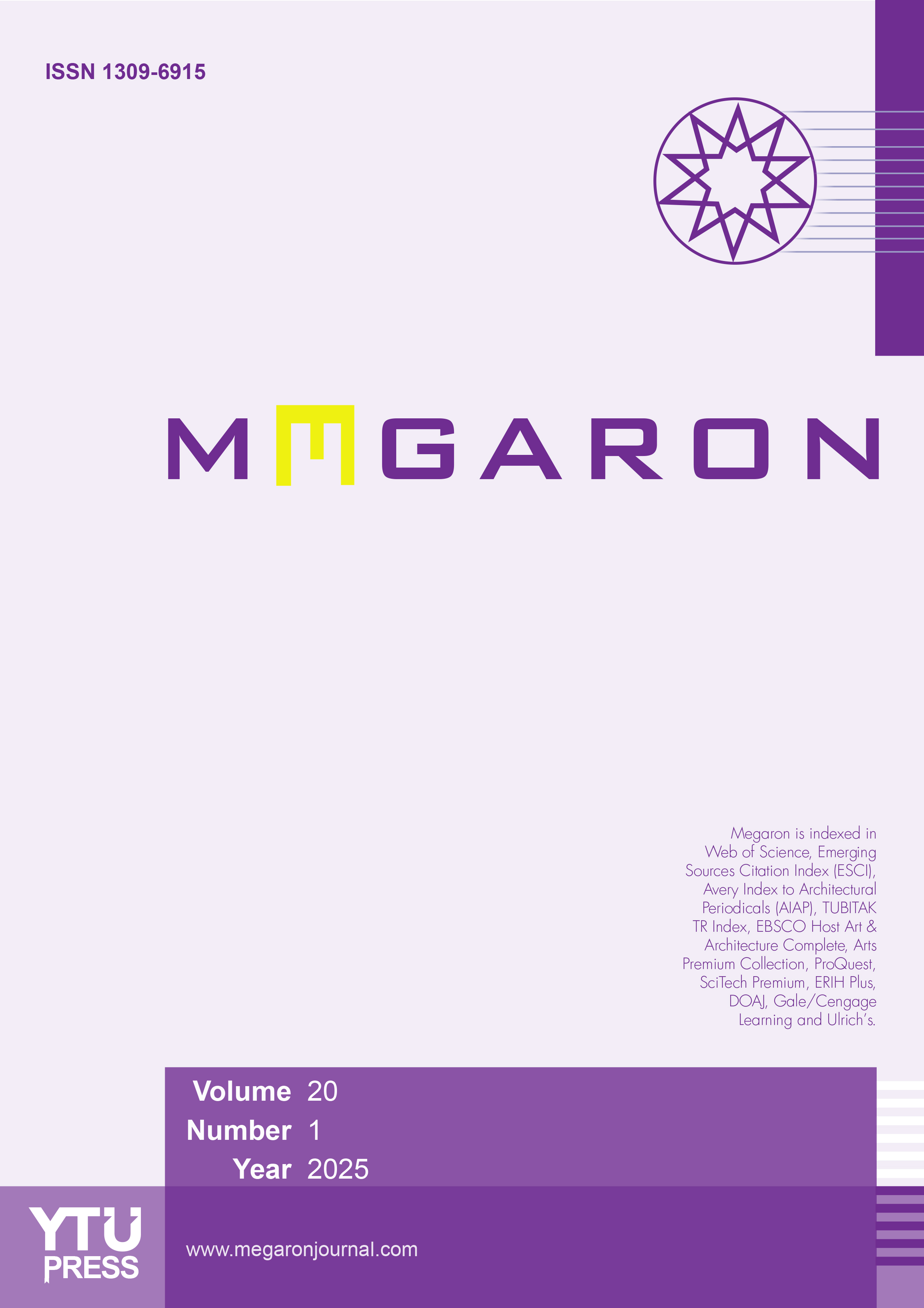Re-thinking group work in basic design education: A quantitative analysis of adapting exquisite corpse and decision tree approaches
Gülsün Pelin Sarıoğlu Erdoğdu, Ece Altınbaşak HaklıdırDepartment of Architecture, Doğuş University, Faculty of Art and Design, İstanbul, TürkiyeIn design education, especially in the first-year design studio, different approaches ranging from artistic to analytical and abstract to concrete have been used. This paper attempts to study one of those approaches namely “Exquisite Corpse (EC)”, which is an art-stemmed approach, employed in the architecture’s first-year design studio. In addition, decision-tree (DT) approach was used, which like EC, requires dialogue among students and helps foster problem-solving abilities by giving more structure to the educational medium as well. This paper uses quantitative methods to analyse the design process in the search for distinct methodologies in design research. The main purpose of this article is hence to evaluate the use of EC and DT in basic design education and to provide empirical implications for the development of the basic design teaching methodology. Descriptive statistics and a Pearson’s chi-square test of independence were performed to examine the relationship between students’ use of the exquisite corpse approach and their grades. The paper highlights the need for distinct methods for the scientific analysis of design research. The analysis used in this paper provides scholarly information to other design educators in higher education. The initial aim is to incorporate EC and DT in the final project were to help novice designers in guiding their design processes better. The research model of this study can help exemplify analytic research for design-related disciplines for future research studies.
Keywords: Architecture, basic design; exquisite corpse; first-year design studio; quantitative analysis.Temel Tasarım Eğitiminde Grup Çalışmasını Yeniden Düşünmek: Exquisite Corpse ve Karar Ağacı Yaklaşımlarını Uyarlamanın Nicel Bir Analizi
Gülsün Pelin Sarıoğlu Erdoğdu, Ece Altınbaşak HaklıdırDoğuş Üniversitesi, Sanat Ve Tasarım Fakültesi, Mimarlık BölümüTasarım eğitiminde ve özellikle birinci sınıf tasarım stüdyolarında sanatsaldan analitiğe; soyuttan somuta uzanan farklı yaklaşımlar kullanılmıştır. Bu çalışma, sanat odaklı yaklaşımlardan biri olan 'Exquisite Corpse (EC)' adlı yaklaşımın, mimari eğitimin ilk yılındaki tasarım stüdyosunda kullanımını inceler. Bu çalışmada EC yaklaşımına ek olarak, öğrenciler arasında diyalog gerektiren ve eğitim ortamına daha fazla sistem kazandırarak problem çözme yeteneklerini geliştirmeye yardımcı olan karar ağacı (DT) yaklaşımı da kullanılmıştır. Tasarım araştırmalarında farklı metodoloji arayışları çerçevesinde, bu çalışmada tasarım sürecini analiz etmek için nicel yöntemler kullanılmıştır. Bu makalenin temel amacı, temel tasarım eğitiminde EC ve DT kullanımını değerlendirmek ve temel tasarım öğretim metodolojisinin geliştirilmesi için ampirik çıkarımlar sağlamaktır. Öğrencilerin “exquisite corpse” yaklaşımını kullanmaları ile notları arasındaki ilişkiyi incelemek için tanımlayıcı istatistikler ve Pearson'ın ki-kare bağımsızlık testi kullanılmıştır. Bu çalışma, tasarım araştırmasının bilimsel analizi için farklı yöntemlere duyulan ihtiyacı da vurgulamayı amaçlamaktadır.
Anahtar Kelimeler: Birinci sınıf tasarım eğitimi, nicel analiz, mimarlık eğitimi, temel tasarım, exquisite corpseManuscript Language: English








